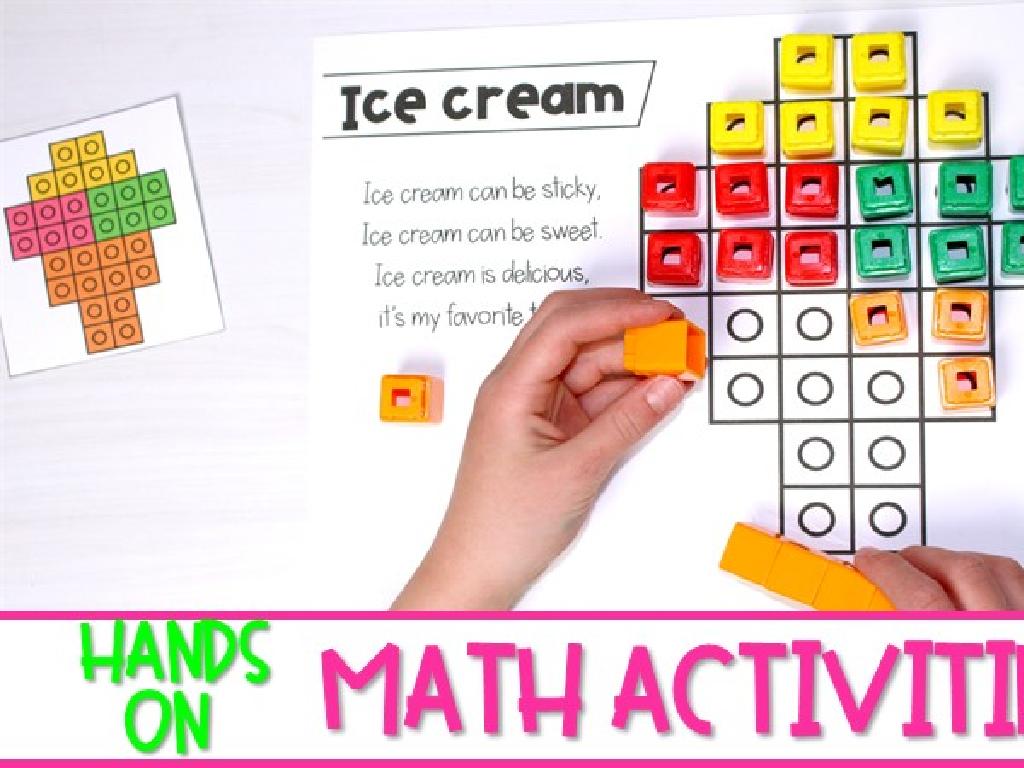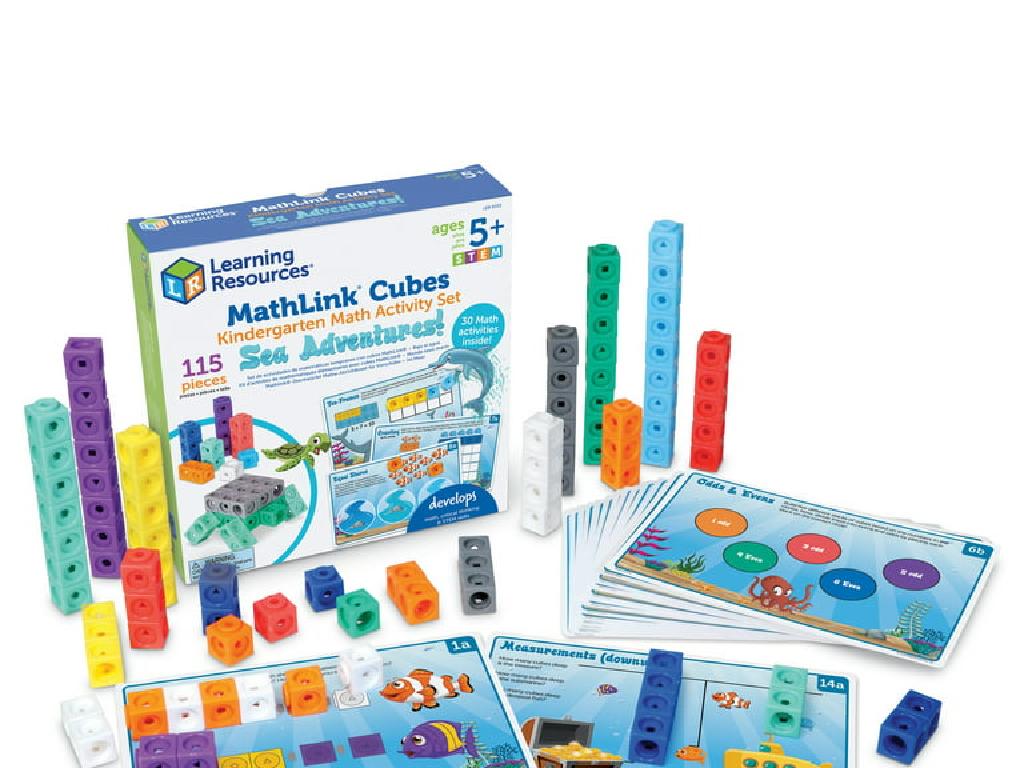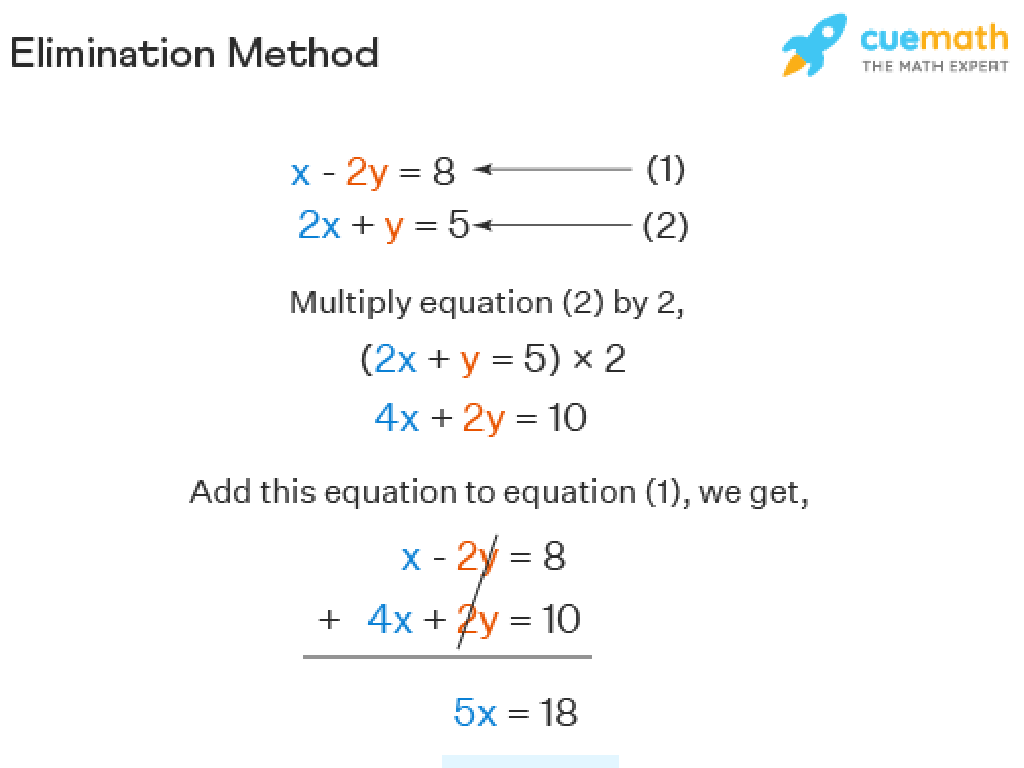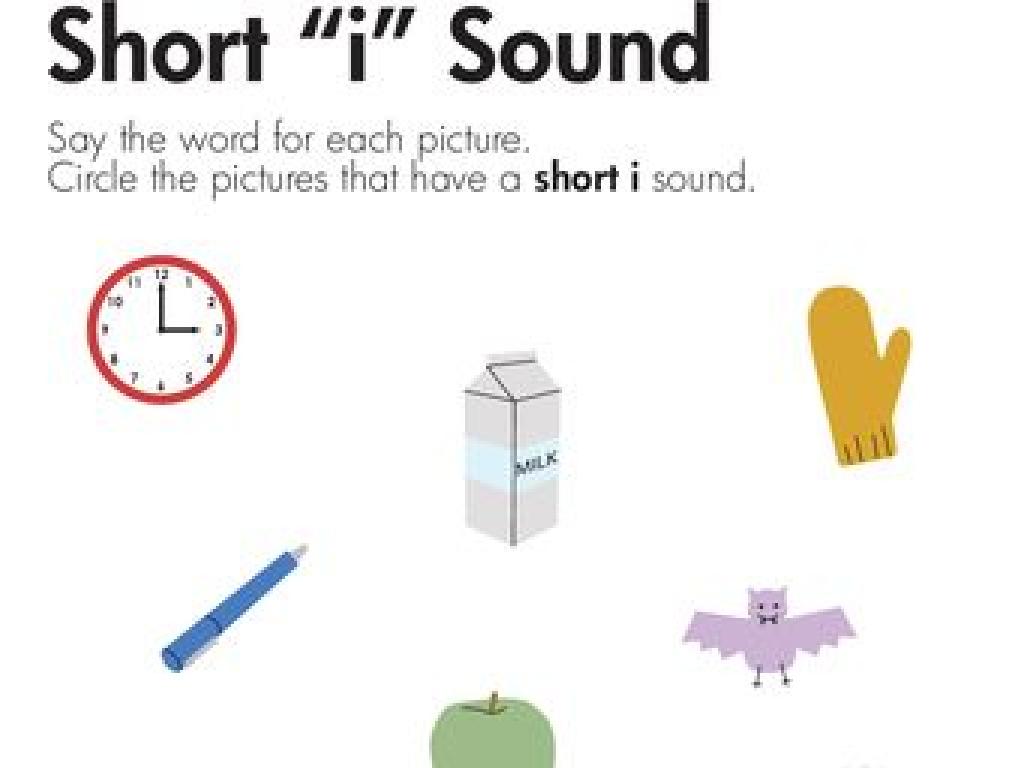Write Inequalities From Number Lines
Subject: Math
Grade: Eighth grade
Topic: One-Variable Inequalities
Please LOG IN to download the presentation. Access is available to registered users only.
View More Content
Introduction to One-Variable Inequalities
– Understanding inequalities
– Inequalities show how values relate, not equal but , d, or e.
– Inequalities in daily life
– Budgeting allowance, or comparing heights.
– Review of one-variable equations
– Equations have one solution, inequalities have a range.
– Transition from equations to inequalities
|
Begin with a basic explanation of what inequalities are and how they differ from equations, emphasizing the symbols and their meanings. Provide relatable examples such as budgeting a weekly allowance or comparing heights to illustrate inequalities in real life. Review one-variable equations to ensure students understand the foundation before introducing the concept of a range of solutions in inequalities. Highlight the transition from the equality of equations to the inequality of number lines, setting the stage for deeper exploration into graphing and solving inequalities.
Understanding Inequalities
– Define inequality in math
– An inequality shows the relationship between values that are not equal.
– Learn inequality symbols
– Symbols: > (greater than), < (less than), e (greater than or equal to), d (less than or equal to).
– Compare inequalities and equations
– Inequalities show a range of possible solutions, unlike equations that show one solution.
– Practice interpreting number lines
– Use number lines to visualize and write inequalities.
|
Begin with the definition of an inequality as a mathematical statement that compares two values. Introduce the symbols used to represent inequalities and explain their meanings. Highlight the differences between inequalities and equations, emphasizing that inequalities represent a range of values rather than a single value. Provide examples on a number line to show how inequalities can be represented visually, which helps in understanding and writing them. Encourage students to practice by identifying and writing inequalities for various segments and points on number lines.
Number Lines and Inequalities
– Representing inequalities on a number line
– Use a number line to show the range of solutions for an inequality
– Open vs. closed circles
– Open circle: value not included, Closed circle: value included
– Examples of inequalities
– For example, x > 3 or x d -2 on a number line
– Interpreting number line inequalities
– Understand how to read inequalities directly from a number line
|
This slide introduces students to the concept of representing inequalities using number lines, a crucial skill in understanding one-variable inequalities. Begin by explaining that inequalities can be visualized as a range of values on a number line. Emphasize the difference between open and closed circles, where open circles indicate that the number is not part of the solution set, while closed circles mean the number is included. Provide clear examples, such as x > 3 or x d -2, and show these on a number line. Finally, ensure students can interpret these visual representations, understanding which values satisfy the inequality. Encourage students to practice by creating their own number lines with different inequalities.
Writing Inequalities from Number Lines
– Steps to write inequalities
– Identify the variable, note the direction of the arrow for the inequality sign.
– Class practice examples
– Use examples on the board for hands-on learning.
– Understanding inequality direction
– Direction of arrow indicates the relationship between numbers.
– Greater than vs. less than
– ‘Greater than’ arrows point right, ‘less than’ arrows point left.
|
Begin by explaining the step-by-step process of writing inequalities from number lines, ensuring students understand how to identify the variable and the inequality sign based on the direction of the arrow. Provide practice examples on the board and involve the class in solving them to reinforce learning. Discuss the importance of the direction of the arrow, emphasizing that it signifies whether the values are greater than or less than the variable. Use real-life scenarios to illustrate why understanding the direction is crucial, such as temperature ranges for a science experiment or budget limits for a school event. Encourage students to ask questions and provide additional practice problems for homework.
Complex Inequalities on Number Lines
– Define compound inequalities
– Two inequalities joined by ‘and’ or ‘or’
– Interpret number lines with two inequalities
– Look for overlapping or separate intervals
– Write compound inequalities from number lines
– Translate visual intervals into inequalities
– Practice with examples
|
This slide introduces students to compound inequalities, which involve two separate inequalities that are connected by ‘and’ or ‘or’. Students will learn to read number lines that display two inequalities, either as overlapping intervals (and) or separate intervals (or). They will practice writing compound inequalities by translating the visual information from number lines into algebraic expressions. For example, if a number line shows shaded regions from -3 to 1 and from 2 to 4, the compound inequality is -3 d x d 1 or 2 d x d 4. Encourage students to practice by creating their own number lines with different intervals and writing the corresponding compound inequalities.
Class Activity: Create Your Inequalities
– Draw number lines with inequalities
– Pair up and exchange number lines
– Write inequalities for your partner’s line
– Use symbols like , d, e to represent the inequalities
– Group discussion to review answers
– Discuss as a class to understand different solutions
|
This interactive class activity is designed to help students understand how to write inequalities from number lines. Start by having each student draw a number line and mark an inequality on it. Then, have students pair up and exchange their number lines with their partner. Each student should write the inequality that their partner’s number line represents. Afterward, organize a group discussion where students can present the inequalities they wrote and the class can collectively review and correct the answers. This will help students to see a variety of examples and understand common mistakes. Provide guidance on using inequality symbols correctly and encourage students to explain their reasoning during the discussion.
Homework: Mastering Inequalities with Number Lines
– Complete assigned practice problems
– Create custom number lines
– Draw number lines and plot inequalities you encounter daily
– Utilize available resources
– Check textbooks, online tutorials, and ask for help if needed
– Review and prepare questions
– Go over today’s lesson and note any uncertainties
|
For homework, students should solve the provided inequality problems to reinforce their understanding of the topic. Encourage them to draw their own number lines, which can help them visualize how inequalities work. Remind them to use their textbooks, online resources, or reach out for extra help if they’re struggling with the concepts. Also, advise them to review the material from class and write down any questions they may have, so these can be addressed in the next session. Provide a variety of problems with different difficulty levels to cater to all students and ensure they practice thoroughly.
Conclusion: Inequalities & Number Lines
– Summarize key inequality concepts
– Reviewed how to write and interpret inequalities from number lines.
– Open floor for questions and answers
– Preview next lesson’s topics
– Next lesson: Solving one-variable inequalities.
– Encourage home practice
– Practice with additional number line examples.
|
As we wrap up today’s lesson on writing inequalities from number lines, summarize the main points, such as identifying the direction of the inequality and the meaning of open and closed circles. Encourage students to ask questions for clarification on any part of the lesson they found challenging. Give them a sneak peek into the next lesson, which will involve solving one-variable inequalities, building on what they’ve learned today. Lastly, remind them of the importance of practicing at home with additional number line exercises to reinforce their understanding.





